Don’t put away your rake until you’ve finished the last of your gardening chores for the season. If you want your garden to look fantastic when spring arrives, there are ten things you need to do this fall before the first snow falls.
Evaluate your garden objectively
What was successful this year? In what ways would you change your approach for the following year? Get ahead of the game and make a list of things you need to buy in the spring. The autumn season is also a wonderful time for taking stock of:
- How do I know which plants need to be divided?
- Is there a better location in the garden for some of the plants?
- places that require extra seclusion or concealment because of less-than-ideal perspectives
- Where extra fall-flowering plants would be welcome or beneficial
Take annuals out of pots and gardens
The annuals had a good run, but once fall arrives, it’s time to pack up the pots and put them away for the winter. Long-blooming varieties like Supertunia Vista, Bubblegum and Salvia Rockin, and Playin the Blues can still look wonderful in the fall, making it difficult to pull them before the first frost.
However, you will be glad you did. Annuals that are still in good health can be composted, but those that show signs of disease should be thrown away.
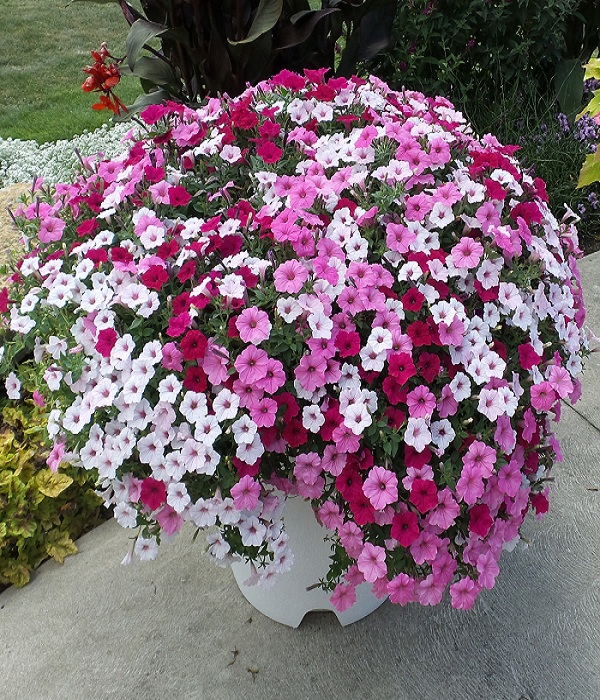
Fall is a good time to plant!
Plants that return year after year benefit from the still-warm soil and relatively low air temperatures, which encourage good root growth. Take advantage of the end-of-season deals at local nurseries for trees and shrubs, and reposition perennials in the garden. Allow the roots to get established in their new environment for at least six weeks before the ground freezes.
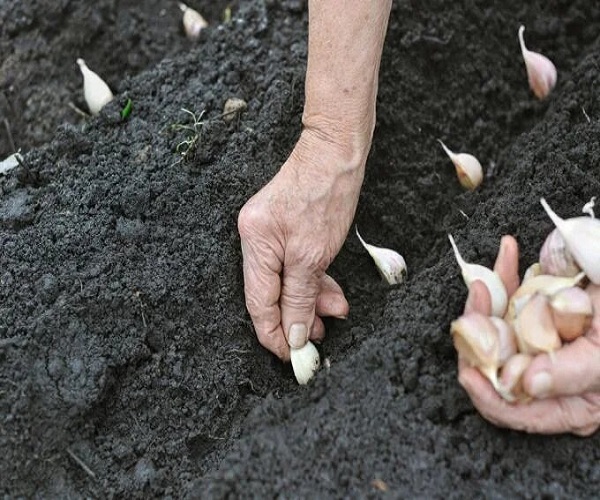
Plant bulbs that will blossom in the spring
Bulbs for spring blooming, such as tulips, daffodils, crocuses, and many others found at garden centers now, are best planted in the fall. To ensure that the bulbs’ foliage is buried once it turns dormant, plant companion perennials such as Shadowland, Hostas and ‘Cat’s Meow’ catmint.
If you have problems with squirrels, voles, or chipmunks in your yard, you can protect your bulbs from being dug up by covering them with chicken wire after planting or spraying them with an animal repellant before planting.
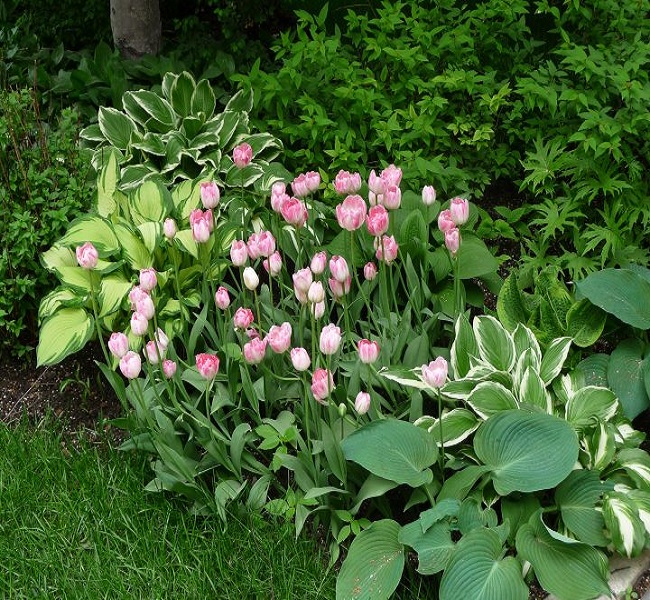
Cut back a few types of perennials
It’s a good idea to remove at least some of the dead leaves from your garden beds once your perennials have gone dormant for the season. Usually, we lop off every last bit of it. This is particularly critical near hostas and other plants that have been damaged by slugs during the growing season.
Dormant foliage is where slugs lay their eggs, so removing it in the fall can help reduce slug problems the following year. Shrubs shouldn’t be pruned in the fall.
DO NOT cut back these plants in the fall:
- Pink (Dianthus), coral bells (Heuchera), foamy bells (Heucherella), foamflower (Tiarella), creeping phlox (Phlox subulata), bugleweed (Ajuga), and red hot poker (Eupatorium) are all examples of evergreen or semi-evergreen perennials (Kniphofia)
- Rose mallow (Hibiscus), Russian sage (Perovskia), lavender (Lavandula), and butterfly bush are all examples of perennials with woody stems (Buddleia)
- False indigo (Baptisia), coneflower (Echinacea), Prairie Winds decorative grass, Rock ‘n Grow fall stonecrop (Sedum), ornamental onion (Allium), and Lenten roses are all examples of hardy perennials that provide visual appeal during the colder months (Helleborus)
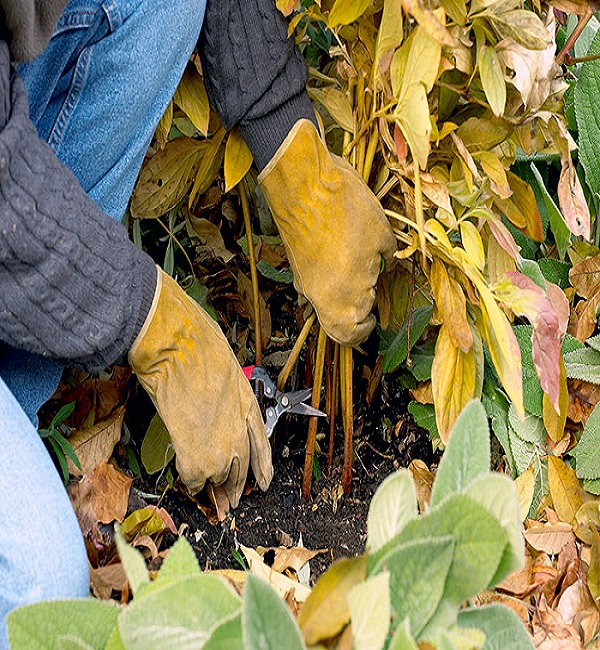
Get rid of diseased leaves
Most of the plants you prune in the fall can be added to your compost pile, but those with diseased leaves should be kept away. For one thing, most compost piles don’t get hot enough to kill illnesses, and you wouldn’t want to introduce those into your garden again the following year. You should collect as much of the damaged foliage as possible, place it in a sealed bag, and throw it away.
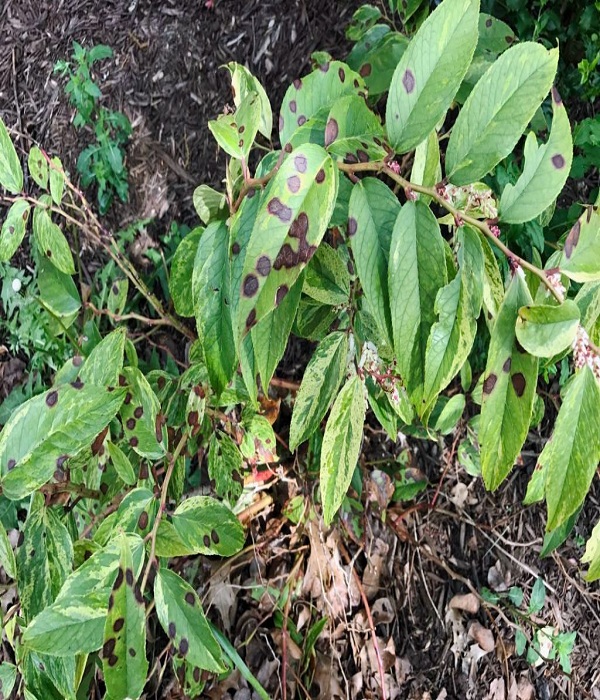
Make the indoors feel more like the outdoors
It’s the best time of year to bring in garden trimmings and dried blooms for use in home decor. At this time of year, you can bring in your hydrangea blooms, berry-laden branches, decorative grass plumes, and seed pod-bearing plants.
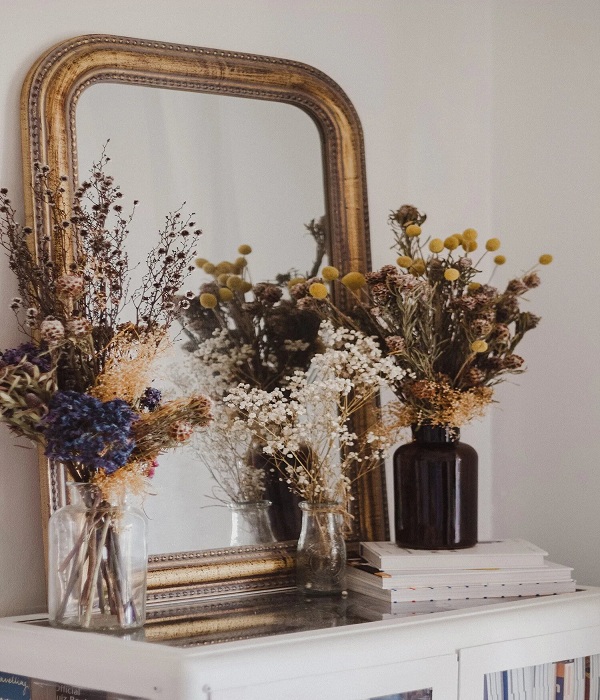
Keep watering the garden
Although it may appear that your plants are dormant in the fall, their roots are actually expanding throughout the season. Until the ground freezes, you should continue to water your evergreen perennials, shrubs, and trees, as well as anything you’ve planted recently.
You may not have to supply as much extra water if you reside in a location that receives a lot of rain in the fall. However, if rain is less consistent, you should water deeply at least once a week.

Rake, shred, and mulch leaves
Each autumn, when deciduous trees lose their leaves, Mother Nature generously provides us with free mulch. Leaves from willow trees and honey locusts, which have a fine texture, can break down on their own and don’t require raking.
However, broad leaves from trees like maples, sycamores, and oaks can smother your grass and perennials if they don’t get raked up and composted. These leaves should be removed from flower² beds and cut from lawns.
It may sound backwards, but when the ground starts to freeze in the late fall, it’s a good time to throw the shredded leaves back over your vegetable beds as mulch. As the leaves decompose, they will add nutrients to the soil and prevent weeds from growing.

Preserve the health of tender perennials and recently planted shrubs
Putting a pile of shredded leaves or evergreen boughs on top of your hardy plants when they are dormant may help them survive the winter. Some Hydrangea macrophylla cultivars have buds that are very vulnerable to cold, and this method can be used on them as well.
Additionally, mulching newly planted perennials and shrubs that aren’t deeply rooted in yet is recommended to avoid rootball heaving during the freeze/thaw cycles of winter. Mulch can aid in maintaining a more stable soil temperature.


